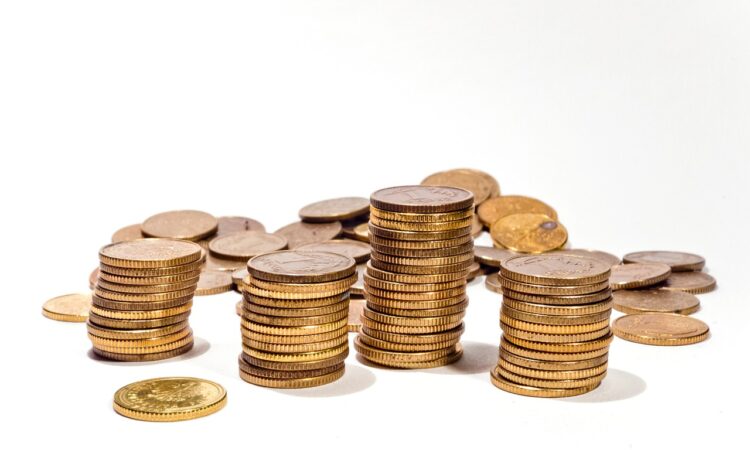
Gold has been something that the world has constantly coveted and sought. When the gold standard ended, there was a rise in financial instability as well as inflation.
After the number of stock market crashes during the first 10 years of this century, gold prices rose again. And returning to the gold standard had been a popular talk.
Gold Currency
Using the free market system, gold is actually a currency. It has a price that will move up or down relative to the other forms of exchange like the US dollar, the euro, and the Japanese yen.
You can buy and store gold although you cannot directly use it as a method of payment. On the other hand, gold is highly liquid, which means you can easily convert it into cash any time you want.
As a result, gold can and will behave similar to many other currencies. That means there are times when it will move up when other asset classes are down, and it will move down when some other classes are going up.
As for investors, trading or investing in the precious metal can be done in many ways, such as buying physical gold, futures contracts, and gold exchange traded funds.
Relationship to the US Dollar
Gold has had an interesting relationship to the US dollar. Over the longer term, the gold and the greenback have shown inverse correlation.
That is, when the dollar weakens, gold prices usually go high. And when the dollar strengthens, gold prices usually slump.
But over the shorter term, this relationship can break down.
The US dollar’s connection to the gold prices is a result of the Bretton Woods System. Settlements for international affairs were made in dollars. The US government pledged to redeem them for a fixed amount of gold.
Although the Bretton Woods agreement ceased in 1971, the US dollar remained in power. As a result, any discussion of gold is not complete without also discussing the dollar.
Bear in mind that gold and currencies like the US dollar move on various factors, not just single input. The price of gold is affected by far more than just inflation, currencies, and downturns.
Problems of the Gold Standard
There have been problems with the earlier version of the gold standard. For one, the systems that were used were ultimately dependent on central banks to play by the rules.
And these rules required central banks to adjust the discount rate to maintain fixed exchange rates, which sometimes paved the way for high interest rates, and high interest rates weren’t that popular politically.
As a result, many countries rather chose to devalue their currencies against gold or the US dollar.
Another problem with the gold standard is that short-term price shocks still exist even thought the long-term view is stable.
One good example of this is the California gold discovery of 1848. This gold discovery increased the money supply, which in turn raised expenditures and price levels, and this meant short-term economic instability.




